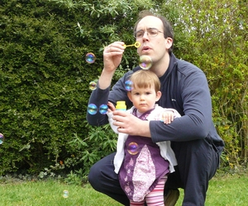Characterisation, Modification & Mathematical Modelling of Sudsing
Authors: L. Ran a S.A. Jones b B. Embley a M.M. Tong c P.R. Garrett a S.J. Cox b P. Grassia a, S.J. Neethling c
DOI:
Abstract:
A programme of research is outlined which considers the foaming performance and foam behaviour of surfactant systems commonly encountered in hand-wash laundry detergent applications. An experimental study of the physical chemistry of foam generation indicates that precipitation of a typical anionic surfactant with calcium forms mesophase particles and causes a marked reduction in the rate of transport of surfactant to air-water surfaces and a concomitant reduction in foaming. Oily soil antifoam effects are however insensitive to the presence of calcium, being equally effective regardless of pH and calcium content. They may be reproduced by a simple particle-oil mixture of a saturated and an unsaturated triglyceride (e.g. tristearin and triolein respectively). A detailed foam rheometry study is performed using foam flowing through a constriction. Bubble shapes are used to deduce the normal and shear stresses across the foam flow field. Broad agreement between the experimen-tal stress field and that obtained from quasi-static simulations is demonstrated.
As foam flow-rate increases, a different model, which takes explicit account of viscous dissipative forces within the foam flow field is required. The dissipative foam flow model predicts differential shrinkage and stretch rates of foam films. Coupled to a model for surfactant transport, this shows the extent to which surfactant concentration accumulates in shrinking films and is depleted in stretching films. In addition to film stretching, it is also important to know about film bursting or failure rates.
Here failure rates are estimated using capillary suction pressures exerted on the films by Plateau border channels around film edges. The failure rates can then be employed to predict the evolution of bubble size at various spatial locations in a foam: reasonable agreement with experimental bubble size distributions is obtained.
